Police in Kenya fired tear gas at demonstrators rallying outside the parliament to protest against a contentious finance bill that proposes a rise in taxes.
Members of Parliament are scheduled to vote on the new bill within the coming hours.
This legislation, which sparked widespread protests last year, has been met with significant opposition, particularly regarding the increased cost of essential goods such as bread.
President William Ruto has staunchly defended the new tax measures, arguing that they are essential for boosting government revenue and reducing the country’s reliance on borrowing.
The situation outside Kenya’s parliament building in Nairobi has been tense, with water cannons and a substantial security presence, including uniformed officers, riot police equipped with tear gas, paramilitary units with rifles, and plainclothes security personnel, some carrying weapons.
Despite the heavy security, demonstrators have repeatedly managed to gather around the parliament building, only to be dispersed by police using tear gas and water cannons.
The protesters are united in their opposition to the finance bill, which is expected to have its second reading in parliament soon, with a third and final reading anticipated in the coming days or weeks.
During the second reading, MPs are expected to discuss and vote on possible amendments to the bill.
Critics argue that the proposed tax increases will be crippling for many Kenyans, affecting various sectors of the economy, industries, and particularly the poorest citizens who are already grappling with a severe cost-of-living crisis.
Economists point out that this situation has been years in the making, exacerbated by excessive borrowing under the previous government, where current President William Ruto served as vice president.
The funds were primarily used for large infrastructure projects often tainted by corruption scandals, compounded by the global pandemic and economic shocks such as Russia’s invasion of Ukraine, which have weakened Kenya’s currency against the US dollar.
This financial strain has left the government struggling to manage its deficit payments and fund its budget, necessitating the search for new revenue sources.
Critics warn that further increasing taxes will stifle the economy even more.
They recall the protests that erupted just over a year ago against the rising cost of living. However, the nature of today’s protests is notably different.
Last year’s demonstrations were driven by political opposition and supported by numerous people from Kenya’s vast slum areas, mobilized to protest the escalating cost of living.
Today’s protests have been organized by activists using social media to connect with supporters.
The demonstrators, who come from a socio-economic group that can afford technology like smartphones, have employed relatively sophisticated tactics, managing to regroup each time they are dispersed.
This evolving scenario reflects a significant shift in protest dynamics in Kenya, where economic pressures and government policies continue to spark widespread discontent.







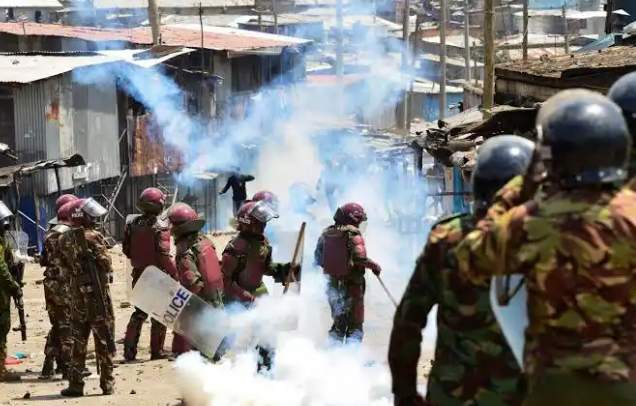
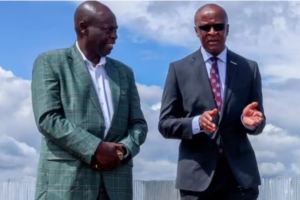
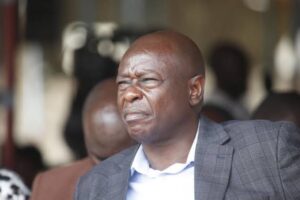
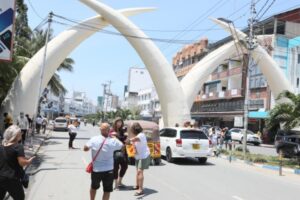
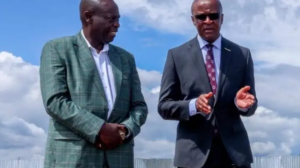
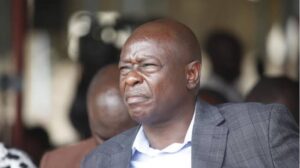
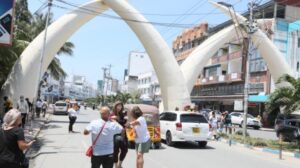


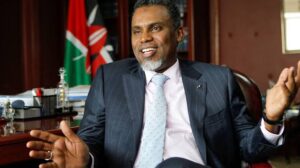


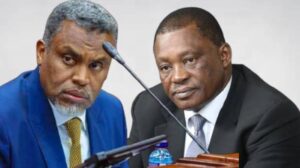

Add Comment